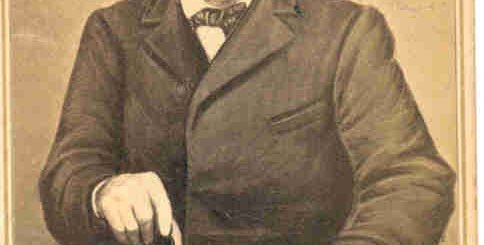Preserving History: Capturing Photos of the Revolutionary War Generation

Have you heard that it is possible to own a photo of someone from the Revolutionary War generation? Yes, not the Civil War but Independence! I know.
Since 1996 I’ve been undertaking a personal project to locate images of those who lived during the American Revolution but lived long enough after 1840 to be photographed and documented in photos. Two volumes are published as The Last Muster; I need your assistance now in completing Volume Three!
Look through your collections of elderly men and women pictured below in their photo styles. Perhaps you know something of their Revolutionary War lives; if not, I have you covered!
Patriots, Loyalists and Those That Never Served I have identified over one thousand men who lived after 1839 and into the age of photography. Anyone involved with the American Revolution would have been at least 80 years old by then.
Wives and widows
It may come as a shock, but Esther Sumner, the last living widow of a Revolutionary soldier died in 1906! Esther married Noah Damon when she was 21 and he was 75. Images depicting wives and widows often date between 1840 to 1900 with birth dates spanning 1760s through 1800s depending on when she married their veteran spouse.
As my search spans the decades, I am looking for different kinds of photographs–ranging from early daguerreotypes to paper photos–across various time periods and types. Here is some help in identifying them within your own collection:
Daguerreotypes (1839 to the 1860s)
Daguerreotypes, the original photographs, feature reflective surfaces; you must hold them at an angle in order to view their images. Daguerreotypes can often be found housed within cases.
Ambrotypes (patented in 1854). Ambrotypes are fragile glass images backed with dark material for extra protection.
Tintypes or ferrotypes (patented in 1856) This third type of cased image is created on thin sheets of iron.
Carte des visites (CDVs), introduced in 1854, were inspired by 19th-century visiting cards; typically measuring 2×4 inches.



